Chinese engineers are using construction robots equipped with artificial intelligence to develop railways at an unprecedented pace.
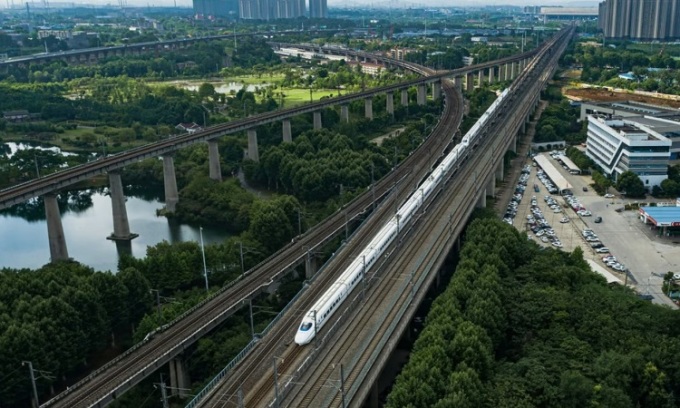
A high-speed train line runs near Wuhan. Photo: Xinhua
China’s high-speed rail network, the world’s largest, is about to expand further. Later this year, several new lines will join the country’s massive electrified rail network, including the Fuzhou-Xiamen line (277km), the Guangzhou-Shantou line (203km), and the Shanghai-Nanjing line (278km). When operational, the new lines will be more than double the length of Germany’s entire high-speed rail network, with each line offering trains capable of reaching a top speed of 350km/h, according to SCMP .
However, the latest railways differ from most existing railways in that they are built by specially designed robots. This automated construction method has been tested and approved for use in upcoming high-speed rail projects, according to Wang Peixiong, chief engineer of the China Railway Construction Electrification Bureau Corporation. Deploying robots to build electrified elevated railways on a large scale is a milestone for the industry, proving that machines can take on much of the labor-intensive work, including high-speed rail construction.
Railroad construction involves a variety of tasks, including digging, grading, laying track, building bridges and tunnels, and installing signalling and communication systems. It is an expensive infrastructure that requires a large number of manual workers as well as qualified and skilled professionals. In the past, railroad projects were very dangerous. For example, the railroad that ran through the Sierra Nevada mountains in the United States required more than 10,000 construction workers.
Today, robots and other advanced technologies handle much of the laborious work of railway construction. In 2018, for example, China introduced an automated machine that can lay high-speed rail at a rate of 1.5 kilometers per day. In 2021, improved precision and the ability to work 24/7 allowed the automated railway construction machine to lay 2 kilometers of track per day. Soon, robots will expand their capabilities beyond laying rails. Welding, painting, and inspection can now be done by robots. The automated equipment will also dig tunnels and pour concrete, among other tasks.
But robots have only recently been able to build the overhead electrification structures for high-speed rail, a task that was once considered too complex for machines, according to Wang and his colleagues. The electrical wiring, pylons, supports, and power poles that power trains are called overhead power lines (OCS). Building an OCS network for high-speed rail involves complex processes such as pre-assembling the pylons and cables, transporting materials to the construction site, and installing the pylons and supports.
Installing the pylons and cables is particularly dangerous work, requiring working at great heights under pressurized conditions. For example, installing the power system boom on a support pole requires workers to attach a pulley to the top of the pole, then use a rope to tie the boom to the ground and pull it up, according to Jiang Zhehua, an engineer on Wang’s team.
The process requires several workers on the ground to coordinate with workers on the support columns. If something goes wrong, the job can be deadly. Because of the hazards and the nature of the work, assembling the OCS network becomes the most labor-intensive part of the high-speed rail project.
To solve the problem, railway engineers are developing automated construction technology that uses digital data management platforms and intelligent systems to store, pre-assemble, transport and build. Automated sensors collect real-time data from the construction site and send it to a smart warehouse, where an automated storage and retrieval system identifies and delivers the materials needed to the factory to assemble the pylons, power poles, hangers and other components, then lifts and places them in the appropriate locations.
However, robots also face challenges when building OCS, according to the engineering team. One of the most complex aspects of the job requires a large number of cables, supports, booms, and many other components to be installed precisely and in sync. The construction site also presents challenges such as uneven terrain, natural obstacles, adverse weather, and other factors that can impede the installation process. Robots may have difficulty navigating obstacles or adjusting to changes in the environment. OCS installation also requires a series of robotic systems that work together seamlessly to complete the job.
The solution to these challenges is artificial intelligence. Scientists have robots installed on construction sites that use image recognition algorithms and target feature extraction to plan the optimal process for installing power poles with an accuracy of within 1 mm. AI also allows robots to work in adverse weather conditions and operate side by side. With the help of AI, robots become more flexible, moving between workstations, adjusting and tightening screws, then returning to the reference point to wait for the next instruction.
In the warehouse, AI equipment such as smart forklifts can pick up and transport materials, according to Gao Qi, an engineer on Wang’s team. The smart machines are programmed to self-maintain and work 24 hours a day, performing a variety of tasks with high precision. The warehouse’s quality control function has also been improved. Stored materials are sorted and transported through a dark room for scanning. A specialized neural network model trained on 30 different materials can detect defects in materials before they are used. This technology improves the warehouse’s efficiency, making the process 10 times faster than in a traditional warehouse.
While robots can work all day without a break and without compromising accuracy, they can also play an important role in areas where skilled labor is scarce or labor costs are too high.
An Khang (According to SCMP )
Source link






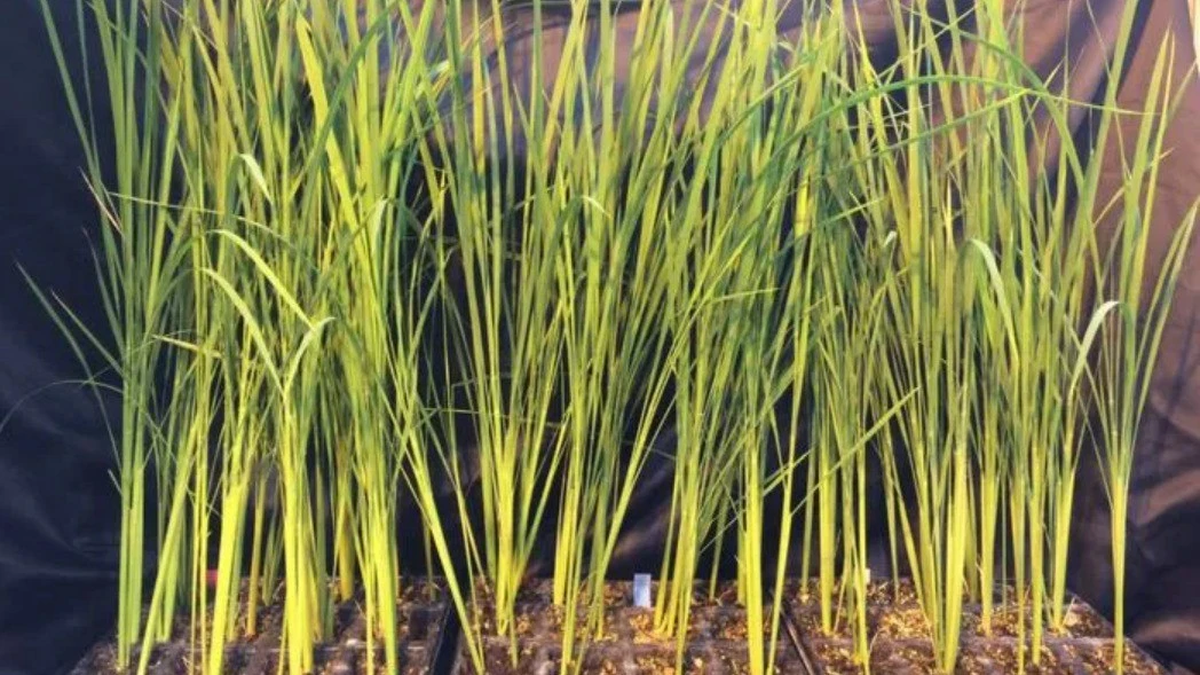


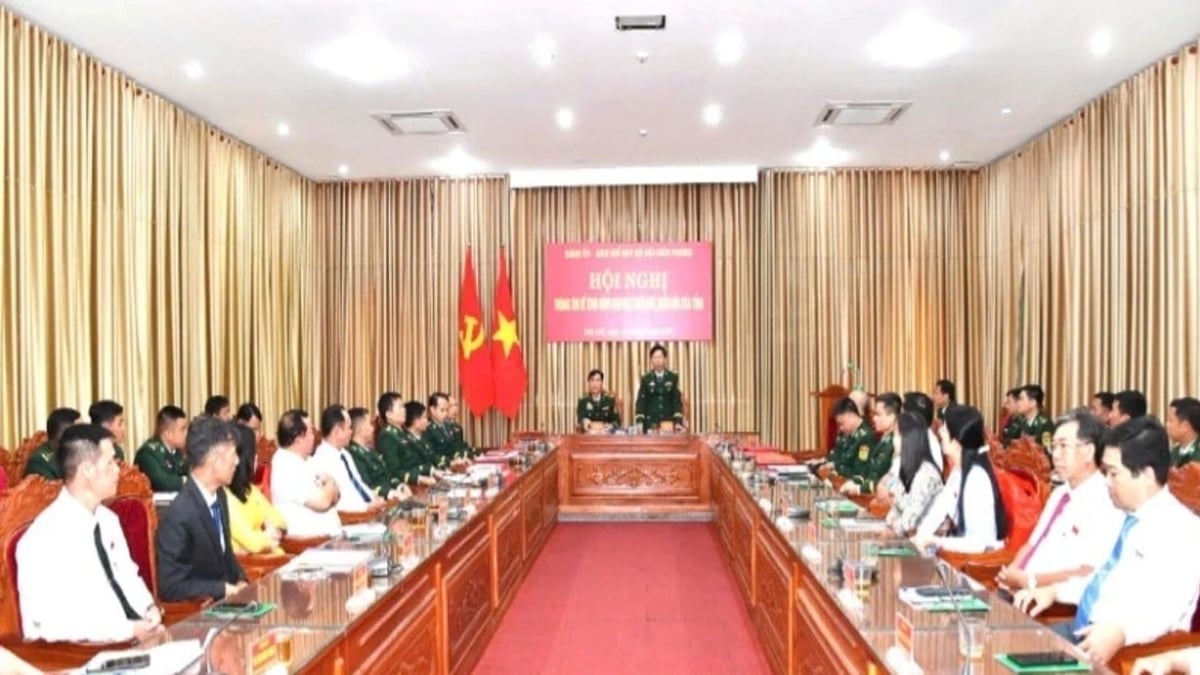
































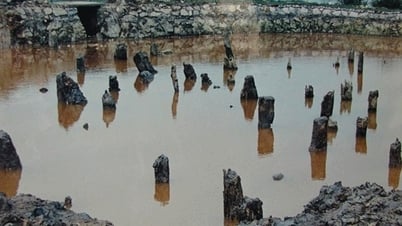








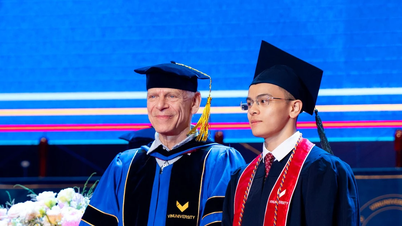


























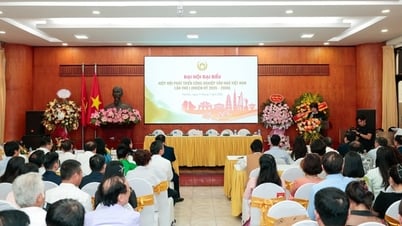






















Comment (0)